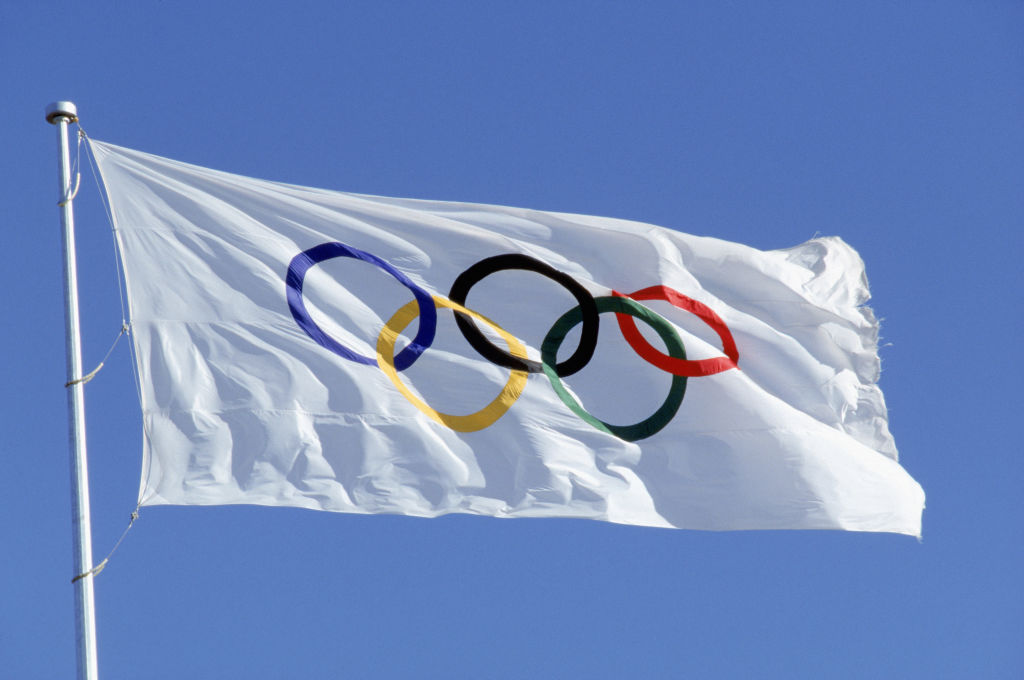Since 2015, the International Olympic Committee has required men who identify as women to lower their testosterone levels to compete in women’s events. On Tuesday, it announced a rollback of those requirements.
The IOC now claims there is “no scientific consensus on how testosterone affects performance across all sports,” according to Yahoo Sports.
In the last two decades, the committee has amended its rules for transgender athletes multiple times. In 2003, it issued a mandate stating men who identify as women had to undergo gender transition surgery to compete in women’s events.
The IOC rescinded the surgery requirement in 2015 but still recommended lowered testosterone levels for transgender athletes seeking to compete against women.
While this was not a requirement, Yahoo said, “most sport-specific federations” followed it.
Now, the committee has changed its stance and says it is “not in a position to issue regulations that define eligibility criteria for every sport, discipline or event across the very different national jurisdictions and sport systems.”
Instead, it will pass the task of determining “fairness” onto specific sports and federations.
In the new “framework,” the IOC laid out 10 principles that federations should follow when determining their rules for men who identify as women.
The list consists of inclusion, prevention of harm, non-discrimination, no presumption of advantage, evidence-based approach, primacy of health and bodily autonomy, stakeholder-centered approach, right to privacy, periodic reviews.
IOC Framework by The Western Journal
Some of these categories could easily contradict one another. For example, guidance under the non-discrimination section tells federations to “not systemically exclude athletes from competition based upon their gender identity, physical appearance and/or sex variations.”
At the same time, guidance under the fairness principle says to ensure “no athlete within a category has an unfair and disproportionate competitive advantage.”
According to a 2017 study from Duke Law School, boys and men consistently outperform women in sports at the world’s highest levels. For example, the fastest adult woman’s time in the 400 meters in 2017 was beaten by 285 boys under 18 and 2,920 men over 18, according to International Association of Athletics Federations data compiling worldwide competition results.
These results would seem to suggest males’ biological makeup gives them an inherent advantage over women in athletics.
If that is true, it is seemingly impossible to unsure no “unfair advantages” while also refusing to exclude biological men who identify as women from women’s sports.
Yahoo reported the IOC hosted an hourlong briefing on the new guidelines, followed by a virtual question-and-answer session. During the time, officials said past policies requiring testing for sex were “invasive,” “disrespectful” and “potentially harmful.”
In addition, they said, “policies that require women to modify their hormone levels to compete” could potentially “have serious adverse impacts on their health.”
In this summer’s Tokyo Olympics, Laurel Hubbard of New Zealand became the first openly transgender person to compete in a solo Olympic event. He failed to register a single lift of the 120-kilogram barbell in the women’s super-heavyweight division.
Canadian women’s soccer player Quinn, who is “nonbinary and uses they/them pronouns,” became the first openly transgender competitor during the Tokyo Games, according to NBC News.
This article appeared originally on The Western Journal.

























 Continue with Google
Continue with Google